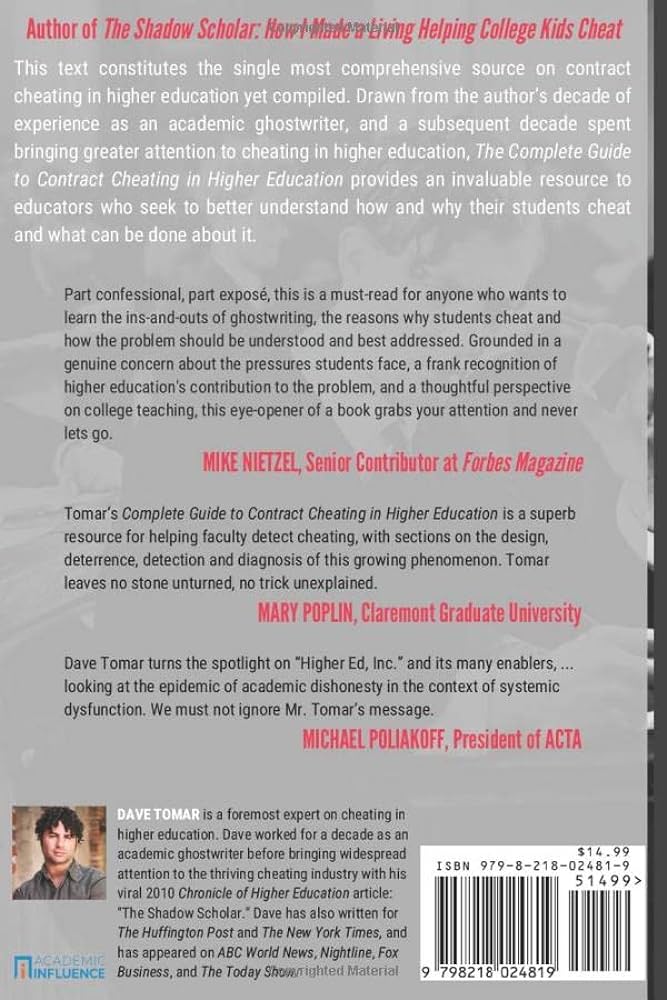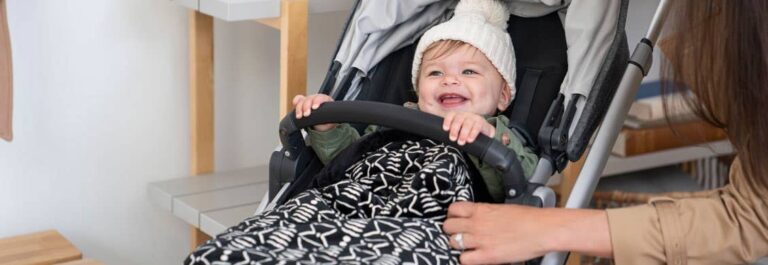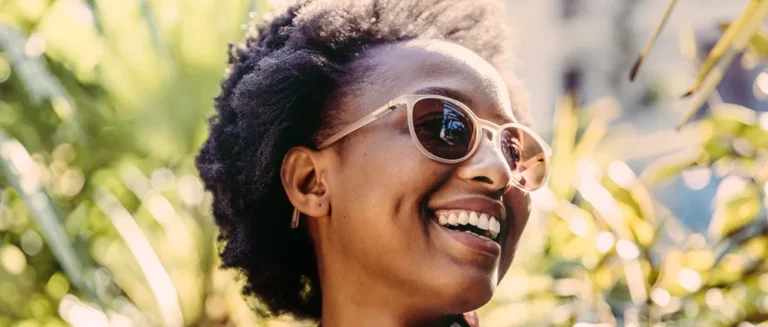How to Tell If Baby is Back to Back: Expert Tips for Position Detection
To determine if your baby is back-to-back, pay attention to the position of their head and spine. If their head is down, but the back of their head and spine are against your spine, it is likely that your baby is in a back-to-back position.
This position can sometimes cause longer labor and back pain. However, you can try different positions and movements during labor to alleviate discomfort.
Understanding The Back-to-back Position
Understanding the back-to-back position is important for expecting parents. This position occurs when the baby’s head is down, but the back of their head and spine are against the mother’s spine. Knowing how to tell if your baby is back to back can help you prepare for labor and potentially alleviate any discomfort or complications.
What Is The Back-to-back Position And Why Is It Significant?
The back-to-back position, also known as the occiput posterior (OP) position, refers to the baby’s position in the womb where the back of their head is against the mother’s back. This means that the baby’s spine is directly aligned with the mother’s spine during labor and delivery.
This position is significant because it can impact the progress and experience of labor. The back of the baby’s head, being the largest part, may put pressure on the mother’s spine and cause more intense back pain during contractions. It can also make the labor process longer and more challenging for both the mother and the baby.
How Does The Position Of The Baby Impact Labor And Delivery?
The position of the baby plays a crucial role in how labor progresses and the overall experience of childbirth. When the baby is in the back-to-back position, it can cause prolonged labor due to the baby’s head pressing against the mother’s spine.
This can lead to intense back pain for the mother, as well as slower dilation of the cervix. The baby’s head being in direct alignment with the mother’s spine can also make it difficult for the baby to descend through the birth canal, resulting in a longer pushing phase and potentially increasing the risk of instrumental delivery or cesarean section.
Key Factors That Contribute To A Baby Being In The Back-to-back Position
Several factors can contribute to a baby assuming the back-to-back position in the womb. These factors include:
- Pelvic shape: If the mother has a narrow and oval-shaped pelvis (anthropoid pelvis) or a wide and heart-shaped pelvis (android pelvis), it can increase the likelihood of the baby settling in the back-to-back position.
- Mother’s position and movement: The way the mother sits and moves during late pregnancy can also influence the baby’s position. Maintaining an upright posture and avoiding excessive sitting can help encourage the baby to assume a more favorable position.
It is important for expectant mothers to be mindful of their posture and movements throughout pregnancy to minimize the chances of the baby being in the back-to-back position.

Credit: www.glamourmagazine.co.uk
Recognizing The Signs Of A Back-to-back Baby
Recognizing the signs of a back-to-back baby can be crucial in understanding your baby’s position for birth. Look for symptoms such as back pain, a dip around the belly button, a squashy bump, and kicks in the middle of the belly.
Consulting with your doctor or midwife will help determine the baby’s position accurately.
Common Signs And Symptoms Of A Back-to-back Baby
When it comes to labor and delivery, the position of the baby plays a crucial role. While most babies position themselves with their backs to their mother’s tummy, there are times when the baby may be in a back-to-back position. This means that the baby’s back is against the mother’s spine. Recognizing the signs and symptoms of a back-to-back baby can help expectant mothers and their healthcare providers prepare for the challenges that may arise during labor and delivery.
Techniques For Confirming A Back-to-back Position
Confirming the position of your baby is crucial during pregnancy as it can help determine the course of labor and birth. When it comes to identifying a back-to-back baby, there are several techniques you can use. These techniques can be broadly categorized into medical methods and non-medical techniques that can be done at home. If you suspect your baby is in a back-to-back position, it is important to consult with a healthcare professional for professional confirmation. Let’s explore each category in detail.
Medical Methods For Confirming The Position Of The Baby
If you want accurate and reliable confirmation of your baby’s position, medical methods are the way to go. Here are some medical techniques that healthcare professionals may use:
- Ultrasound: An ultrasound examination can provide detailed images of the fetus and help visualize the position of the baby in the womb. This non-invasive procedure uses sound waves to create real-time images and can accurately identify a back-to-back position.
- Abdominal Examination: During regular prenatal check-ups, healthcare providers may perform an abdominal examination to feel the position of the baby. By palpating the abdomen, they can determine if the baby is in a back-to-back position.
Non-medical Techniques For Identifying A Back-to-back Baby At Home
If you prefer to use non-medical techniques to identify a back-to-back baby, there are some methods you can try at home. While these techniques may not be as accurate as medical methods, they can still provide some indication of the baby’s position. Here are a few non-medical techniques:
- Observing Kicks and Movements: Pay attention to the location of your baby’s kicks and movements. If you feel most of the kicks in the middle of your belly or notice a dip around your belly button, it could be a sign of a back-to-back position.
- Feeling for Bump Shape: Gently palpate your abdomen and feel for any differences in firmness and shape. A back-to-back baby may feel squashier in the lower back area compared to the round and firm head.
When To Consult With A Healthcare Professional For Professional Confirmation
While non-medical techniques may provide some clues, it is essential to consult with a healthcare professional for professional confirmation. A healthcare provider can use medical methods to accurately determine if your baby is in a back-to-back position. If you suspect your baby is in this position, make sure to discuss your concerns and observations during your prenatal appointments. Your healthcare professional will guide you further and provide the necessary support and recommendations.
Managing And Adjusting The Back-to-back Position
Discovering if your baby is in a back-to-back position can be determined by checking for kicks in the middle of your belly, a dip around your belly button, and a squashy feeling in your bump. Consulting your doctor or midwife can provide a more accurate assessment of your baby’s position.
Recommended Techniques And Exercises To Help The Baby Move Into The Optimal Position:
If your baby is in the back-to-back position, there are several techniques and exercises you can try to encourage them to move into the optimal position for birth. These techniques can help alleviate discomfort and increase the chances of a smoother labor and delivery. Here are some recommended techniques and exercises:
- Spinning Babies exercises
- Rocking on hands and knees
- Pelvic tilts and circles
- Forward-leaning inversions
These techniques are designed to help the baby rotate into the anterior position, which is the optimal position for birth. Regularly practicing these exercises can help encourage the baby to move into the correct position.
Strategies For Relieving Discomfort And Back Pain Associated With A Back-to-back Baby:
Dealing with discomfort and back pain during pregnancy can be challenging, especially if your baby is in the back-to-back position. However, there are strategies you can implement to alleviate these discomforts. Here are some strategies:
- Using a birth ball for support and gentle bouncing
- Using heat packs or warm baths to soothe the back
- Getting regular prenatal massages
- Practicing relaxation techniques, such as deep breathing and meditation
These strategies can help relieve tension and discomfort in the back, providing much-needed relief during pregnancy.
Expert Tips For Managing Labor And Delivery When The Baby Is In The Back-to-back Position:
When it comes to managing labor and delivery with a back-to-back baby, it’s essential to be prepared and informed. Here are some expert tips to help you navigate this situation:
- Maintain an upright and forward-leaning position during labor
- Use a birthing ball or squatting bar to assist with positioning
- Practice active labor positions, such as lunges or swaying
- Consider using a birth pool for pain relief and increased mobility
Following these expert tips can help optimize the chances of a successful vaginal delivery and reduce the risk of complications associated with a back-to-back baby.
Beyond Position Detection: Ensuring Optimal Delivery
When it comes to the position of your baby during delivery, it’s important to go beyond just detection and focus on ensuring an optimal delivery. While knowing if your baby is back-to-back is crucial, there are additional factors to consider for a smooth and successful delivery. Let’s explore these factors and get expert advice on how to ensure the best outcome for you and your baby.
Additional Factors To Consider Beyond Position Detection
- Maternal Pelvic Shape: The shape of your pelvis can play a significant role in your baby settling into a back-to-back position. If you have a narrow and oval-shaped pelvis (anthropoid) or a wide and heart-shaped pelvis (android), your baby is more likely to settle in this position. Understanding the shape of your pelvis can help you prepare for specific positioning techniques during labor.
- Mother’s Movements and Posture: Research suggests that the way you sit and move during late pregnancy can influence your baby’s position. Maintaining a good posture, avoiding slumping or reclining back on chairs, and engaging in regular gentle exercises like walking or prenatal yoga can encourage your baby to adopt an optimal position for delivery.
- Engaging in Spinning Babies Techniques: Spinning Babies is an approach that focuses on optimizing baby’s position for birth. It includes specific exercises, stretches, and techniques that can help rotate your baby and align them for a smoother and more efficient delivery. Consider incorporating these techniques into your birth preparation to increase the chances of your baby getting into an ideal position.
- Optimal Fetal Positioning: Besides being back-to-back, there are other fetal positions to be aware of, such as the occiput anterior (OA) or the occiput posterior (OP). The optimal position for delivery is the OA position, where the baby’s head is facing down and the back of the head is aligned with the mother’s pubic bone. Understanding different positions can inform you about the techniques to encourage your baby to get into the ideal position.
The Importance Of Creating A Birth Plan And Communicating With Healthcare Providers
Creating a birth plan and effectively communicating your preferences with your healthcare provider is paramount for ensuring a positive birth experience with a back-to-back baby. Your birth plan should include details about your desire for specific positioning techniques, pain management options, and any additional support you may need during labor.
Take the time to discuss your birth plan with your healthcare provider, asking for their professional advice and guidance. They will be able to provide you with valuable insights, offer expertise specific to your situation, and ensure that your plan aligns with the safest and most effective methods for delivering a back-to-back baby.
Expert Advice For A Smooth And Successful Delivery With A Back-to-back Baby
Seeking expert guidance and advice can significantly contribute to a smooth and successful delivery with a back-to-back baby. Here are some expert-recommended strategies:
- Position Changes: During labor, try different positions that can help encourage your baby to rotate and descend. Changing positions frequently, such as leaning forward on your hands and knees, may assist in relieving pressure on your back and pelvis while aiding in the rotation of your baby.
- Waterbirth: Consider opting for a waterbirth, as the buoyancy and warmth of the water can provide pain relief and assist in facilitating easier movement and positioning adjustments for both you and your baby.
- Traction Techniques: Your healthcare provider may use gentle traction techniques during delivery to aid in rotating your baby’s position, allowing for a smoother passage through the birth canal.
- Supportive Birth Environment: Creating a calm and supportive birth environment can help you relax and focus on your labor. Dim lights, soft music, and the presence of supportive individuals can contribute to a more positive and empowering birth experience.
- Pain Management Options: Discuss pain management options with your healthcare provider. Techniques such as breathing exercises, massage, water immersion, and medication can help you cope with back pain and discomfort during labor.
Remember, every birth is unique, and what works for one person may not work for another. Trust your instincts, listen to your body, and don’t hesitate to reach out to healthcare professionals for assistance and guidance throughout your journey. By incorporating these strategies and maintaining open communication with your healthcare provider, you can increase your chances of a smooth and successful delivery with a back-to-back baby.
Frequently Asked Questions For How To Tell If Baby Is Back To Back
Is Birth More Painful If Baby Is Back-to-back?
A back-to-back position may make labor longer and cause back pain. Vary your positions and movements during labor for comfort. Factors like pelvis shape and late pregnancy movements can contribute to the baby’s position. Talk to your doctor or midwife to determine the baby’s position.
What Makes A Baby Go Back-to-back?
A baby may go back-to-back if the mother has a narrow or oval-shaped pelvis or if she sits and moves in certain ways during late pregnancy. To determine if a baby is back-to-back, consult with a doctor or midwife who can check the position of the fetus through abdomen palpation or ultrasound.
How Do I Know My Baby Is Positioned?
To determine your baby’s position, consult with your doctor or midwife during appointments in the second and third trimesters. They will feel your abdomen to check the fetus’s position. If your baby is back-to-back, their head will be down but their back and spine will be against your spine.
Consider varying your positions and movements during labor to alleviate potential back pain.
How Do I Know If My Baby Is Flipped Back To Breech?
To determine if your baby is back to breech, your doctor may use ultrasound imaging or abdominal examination. An ultrasound provides more accurate results. Look for signs like a squashier bum compared to the head, feeling kicks in the middle of your belly, or a dip around your belly button.
Consult your healthcare provider for confirmation.
Conclusion
To determine if your baby is in a back-to-back position, consult with your doctor or midwife. They can feel your abdomen during appointments to check the position of the fetus. If your baby is back-to-back, you may experience longer labor and back pain.
However, you can try different positions and movements during early and active labor to alleviate discomfort. Remember to prioritize your comfort throughout the birthing process.







